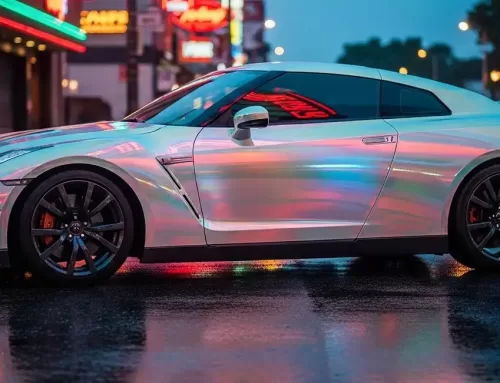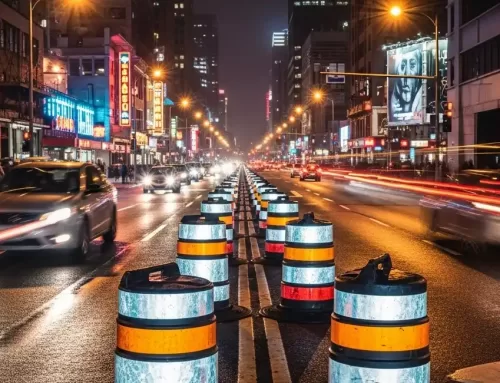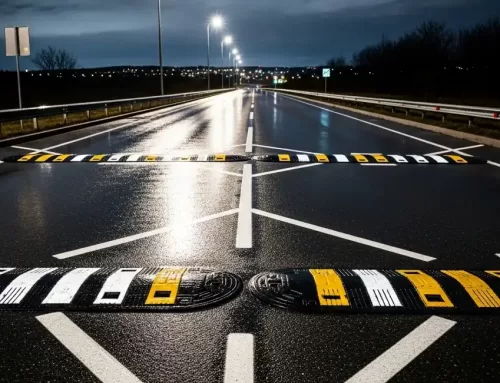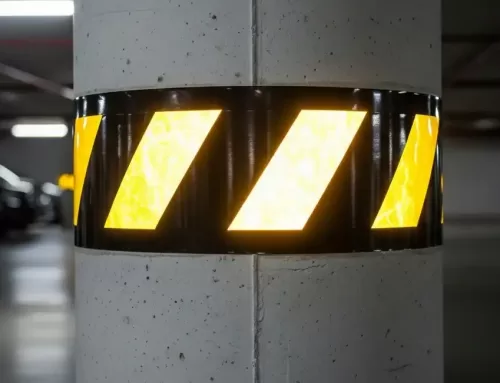Full Prism Reflective Film – A New Type of Reflective Film
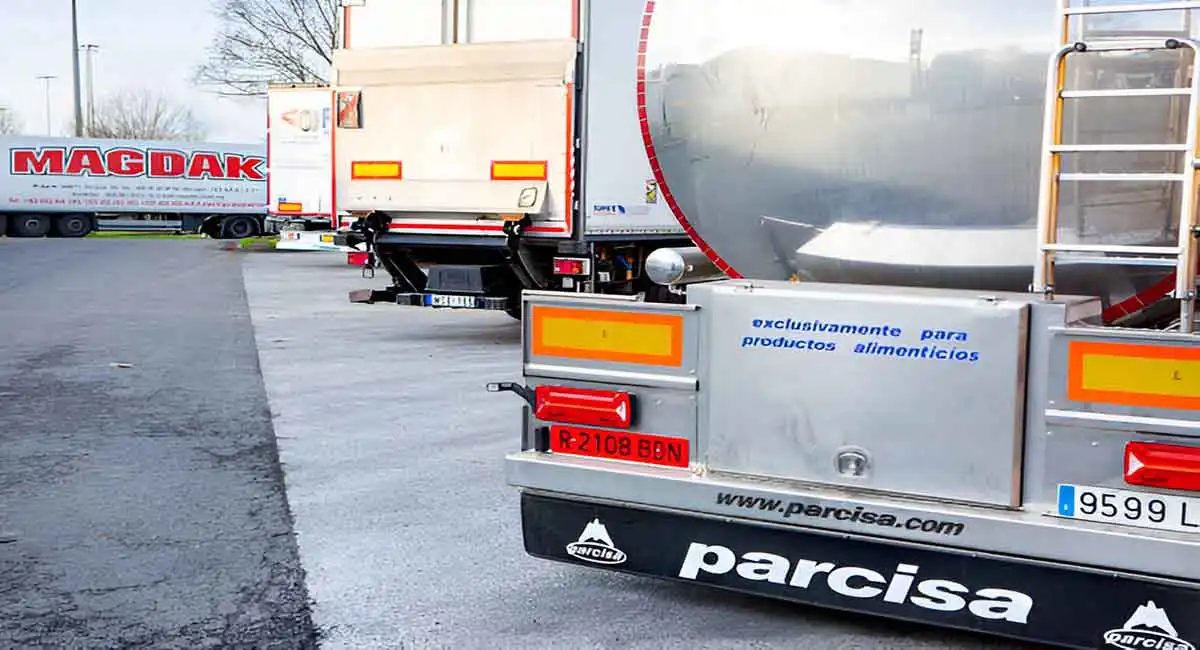
What is the definition of full prismatic reflective film?
Full prismatic reflective film is a prismatic retroreflective material made of a full prismatic structure. Simply put, it removes the non-reflective part of the traditional micro-prismatic structure, so that the reflective film is composed of a prismatic structure that can achieve full reflection. It combines the two characteristics of long-distance and large-angle micro-prismatic reflective film. While maintaining high front brightness and easy to find at a long distance, it improves the reflective brightness at a large incident angle and observation angle at a distance of 50-250 meters.
What are the advantages of full prismatic reflective film?
The advent of this full prismatic reflective film has broken through the academic barrier that prismatic reflective film cannot take into account both long-distance and short-distance reflective capabilities. According to the path and mode of light propagation of the car lights, it finds the angles (incident angle and observation angle) required for sign recognition within the ideal distance, and then determines the non-reflective areas on the traditional truncated microprisms, and then removes these non-reflective areas, thereby achieving 100% reflective structure area per unit area of the reflective film, which is the so-called “full reflection”.
Of course, from the actual reflective effect, this is only a theoretical reflective efficiency of 100%. In actual production, due to the limitations of materials and other conditions, 100% of the brightness of the reflected car lights cannot be achieved. The best reflection efficiency is 58%, which is much higher than other types of reflective films, such as the reflection efficiency of high-intensity grades, which is only 23%. Moreover, from the observation angle of 0.2º to 2º, its retroreflective efficiency can always be maintained above 50%.
On the full prism reflective film, after each microcrystalline cube is connected and arranged according to a certain pattern, there will be more than 930 units on a square centimeter of material area to control the path of light entry and reflection. The lower layer of the microcrystalline cubic corner body is sealed to form an air layer, which uses the diffraction phenomenon of light to make the incident light form internal total reflection, so that the best reflective effect can be achieved without the help of a metal reflective layer. Compared with traditional engineering-grade and high-intensity reflective films, this reflective film made of wear-resistant and high-hardness polycarbonate material and microcrystalline cube technology not only has doubled its reflective performance, but also greatly improved its large-angle reflective performance. The front brightness of this full-prism reflective film is more than six times that of the engineering grade. The front brightness of the white film (0.2º/-4º) is generally above 600 cd/lx/m, which is more than twice that of the high-intensity grade, and the retroreflective performance at large observation angles (0.5º and 2º) is about two to four times higher.
Where is the full prismatic reflective film used?
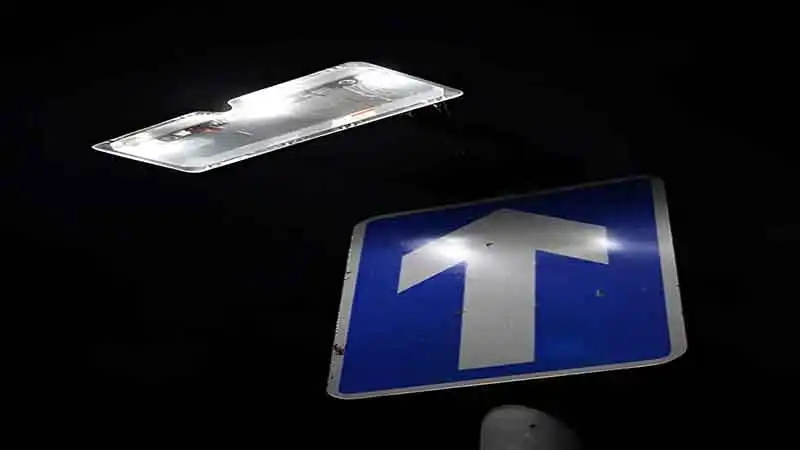
Full prismatic reflective film is a traffic sign material suitable for all grades of highways and urban roads. In the West, it has gradually replaced the investment and consumption of sign lighting. When making road signs, if you start from the long-term investment benefits and safety benefits, the full prismatic reflective film can replace any grade of reflective film. Under normal use conditions, the full prismatic reflective brightness retention value after ten years of use is at least 80% of the initial brightness value, that is, ten years later, it can still greatly exceed the retroreflective performance of the new high-strength and engineering-grade reflective films. It is a more economical choice from the perspective of scientific development. At the same time, if the same category of ink is used, combined with screen printing technology, various types of traffic signs with patterns can be made.
Full prismatic reflective film is mainly used for road signs, prohibition signs, warning signs and instruction signs, especially signs that require a long time to read, signs with complex visual environments, and wide roads and high-grade highways. Its performance is particularly outstanding. The base plate suitable for diamond-grade reflective film is aluminum plate, and the processing temperature is generally required to be above 18 degrees Celsius. With the advancement of technology, the luminosity performance of full prismatic reflective film at all angles has been significantly improved.
